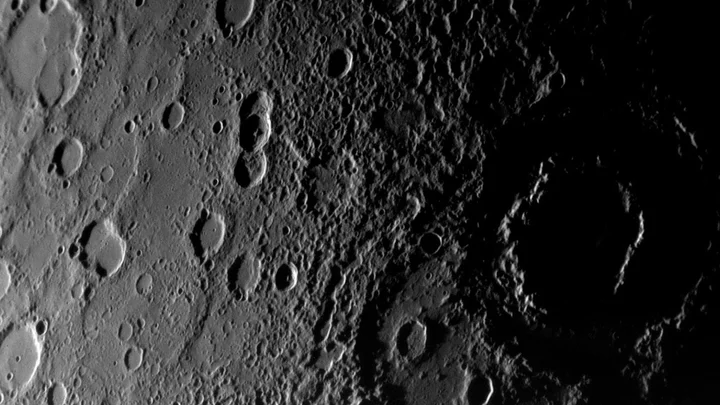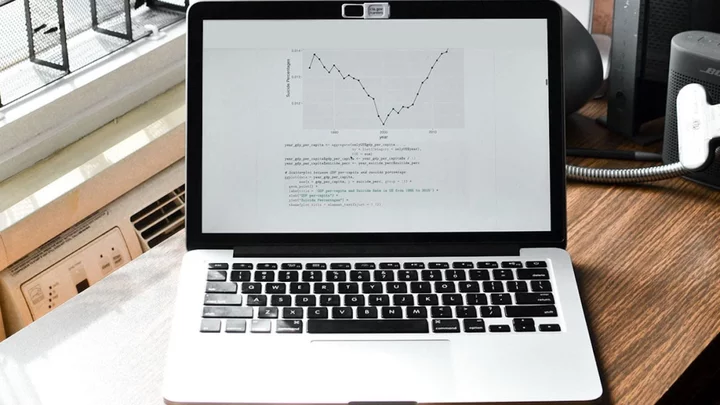We've known since the 1970s that the planet Mercury was, at one point, shrinking as its core cooled. But we didn't know if it was still happening...until now.
Scientists from The Open University in the United Kingdom have published new research in the journal Nature that indicates that Mercury's tectonic shifts, and specifically compression, is ongoing.
SEE ALSO: See Mercury up close as spacecraft skims surfaceThe team analyzed images taken by NASA's Mercury Surface, Space Environment, Geochemistry and Ranging (MESSENGER) mission spacecraft, which orbited Mercury from 2011 to 2015. They noticed a depression in the grounds called "grabens," which typically appear along a fault as a planet's surface is stretched or compressed and are a clear indication that the planet was still changing in size at the time the photos were taken.
The key finding was that these shallow valleys did not appear to have been impacted by incoming debris like meteorites, which would have left craters on the planet's surface and the grabens themselves. Because of that, Open University's research team estimated that the age of the grabens in the images was about 300 million years old. That may sound like an incredibly long time ago, but considering that Mercury's thermal contraction started around 3 billion years ago, it's relatively recent.
It'll be at least another two years until we know more about Mercury's shifting surface as, per Space.com, a joint mission between the European Space Agency (ESA) and the Japan Aerospace Exploration Agency (JAXA) will enter the planet's orbit in late 2025.









